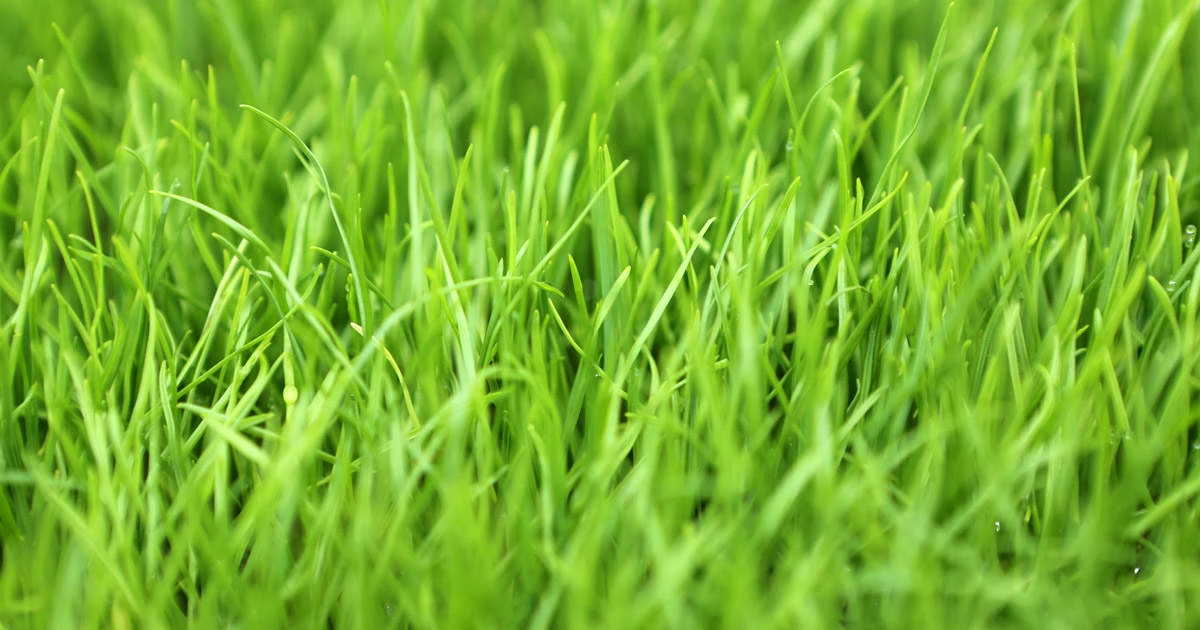
Rye Grass
Plant Type
:
Bunch: Both Annual and perennial Rye grass are classified as bunch grasses. (Rhizomes, Stolons or Crowns)
Sun Level
:
Requires full sun.(6-8 hours daily)
Ideal Soil Temperature for Planting
:
between 50°F and 65°F.
Soil Type
:
Both annual and perennial Rye grass perform their best in well-drained loam or sandy loam soil which prevents waterlogging and promotes root health. It can also grow in clay or poorly drained soils but will sometimes struggle to thrive.
Germination
:
This is the fastest of the cold season grasses to germinate which makes it popular for use in grass mixes. Typical germination time is about 4-7 days.
P.H. Level
:
5.5 – 6.5
Water/Irrigation
:
Requires regular irrigation when rainfall is below 1 inch per week
Fertilization
:
– Late summer to fall: is the time when you want to apply most fertilizer to help the plant recover from heat stress and get prepared for winter.
– Spring: After the grass is completely green, you can add a slow release fertilizer to help encourage root growth.
Aeration
:
For best results, your lawn should be aerated annually. The best times to aerate are early September before fertilizing or late February – early March before fertilizing and laying pre-emergent.
Additional Info
:
Rye grass looks similar to Kentucky Blue Grass which makes it a good candidate to add in a cool season mix and is used very commonly for its ability to quickly germinate.er the grass is completely green, you can add a slow release fertilizer to help encourage root growth.
Did You Know?
Rye grass is best suited for cool season areas like Ohio for example because it is able to tolerate the cold winters and moderate summers.
Plant Type
:
Bunch: Both Annual and perennial Rye grass are classified as bunch grasses. (Rhizomes, Stolons or Crowns)
Sun Level
:
Requires full sun.(6-8 hours daily)
Ideal Soil Temperature for Planting
:
between 50°F and 65°F.
Soil Type
:
Both annual and perennial Rye grass perform their best in well-drained loam or sandy loam soil which prevents waterlogging and promotes root health. It can also grow in clay or poorly drained soils but will sometimes struggle to thrive.
Germination
:
This is the fastest of the cold season grasses to germinate which makes it popular for use in grass mixes. Typical germination time is about 4-7 days.
P.H. Level
:
5.5 – 6.5
Water/Irrigation
:
Requires regular irrigation when rainfall is below 1 inch per week
Fertilization
:
– Late summer to fall: is the time when you want to apply most fertilizer to help the plant recover from heat stress and get prepared for winter.
– Spring: After the grass is completely green, you can add a slow release fertilizer to help encourage root growth.
Aeration
:
For best results, your lawn should be aerated annually. The best times to aerate are early September before fertilizing or late February – early March before fertilizing and laying pre-emergent.
Additional Info
:
Rye grass looks similar to Kentucky Blue Grass which makes it a good candidate to add in a cool season mix and is used very commonly for its ability to quickly germinate.er the grass is completely green, you can add a slow release fertilizer to help encourage root growth.
Did You Know?
Rye grass is best suited for cool season areas like Ohio for example because it is able to tolerate the cold winters and moderate summers.

